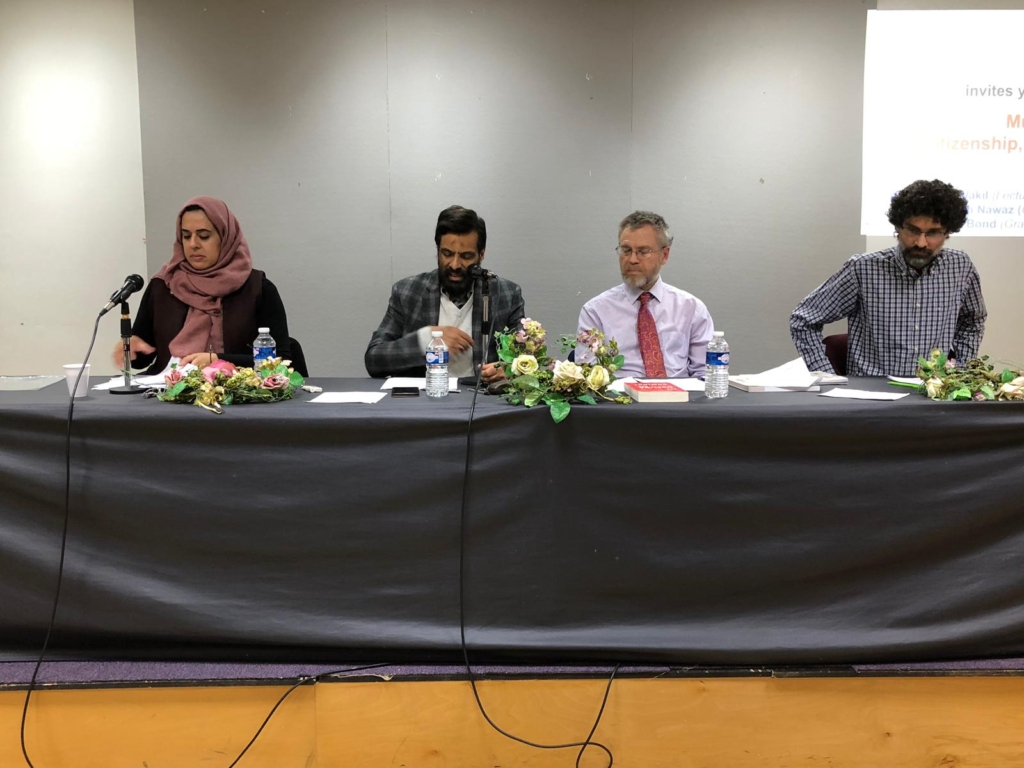UAE President Sheikh Khalifa bin Zayed al-Nahayan stressed that Abu Dhabi wanted to see the "elimination of the causes of tension in the Middle East," especially in the Gulf, the state WAM news agency said.
Ahmadinejad arrived earlier Sunday on a two-day visit to the UAE, which is locked in a territorial row with Iran, close on the heels of US Vice President Dick Cheney who warned that Washington would not allow Iran to acquire nuclear arms.
Khalifa also stressed "the international community should take into consideration, when making relevant decisions, the interest of all countries and peoples of the region, in a way that would ensure security… and continued development," according to WAM.
Cheney visited the UAE as part of a regional tour to rally support from Arab allies as the United States combats mounting violence in Iraq, while not ruling out the use of force against Iran over its controversial nuclear programme.
The Emirati president said in March that the UAE would never allow its territory to be used for "hostile activities" against Iran.
The Emirati top brass attended the talks with Ahmadinejad that also covered "ways of boosting relations, chiefly economic and trade (links), between the two countries," WAM reported.
It said the two sides agreed on forming a joint committee headed by their foreign ministers.
Ahmadinejad, not only Iran’s first head of state to visit since the 1979 Islamic revolution but also the first in the UAE’s history, said before leaving Tehran that his talks would cover regional cooperation on Gulf security.
"Cooperation of the two countries in trade, the energy sector and joint investments will be discussed," he added.
Gulf Arab states, concerned about a possible US strike on Iran, back a negotiated settlement of Tehran’s nuclear dispute with the West. Iran denies US charges its nuclear activities mask a quest for atomic weapons.
Abu Dhabi’s close ties with Washington have not prevented generally robust relations with Tehran.
But the two countries are still in dispute over the tiny but strategically important islands of Greater Tunb, Lesser Tunb and Abu Musa at the entrance to the Strait of Hormuz from the Gulf, which were annexed by Iran’s pro-Western shah in 1971.
Despite the row, the UAE is by far Iran’s largest trading partner. The emirate of Dubai in particular serves as an outlet for Tehran’s business with the outside world.
This makes the UAE an essential partner for Iran at a time when it is subjected to UN and more wide-ranging US sanctions, and that Washington is seeking to isolate Tehran.
Iranian non-oil imports from the UAE amounted to 7.67 billion dollars in the Iranian year to May 2006, some 20 percent of its total.
Ahmadinejad later flew to Dubai, where he held talks with the emirate’s ruler, Sheikh Mohammed bin Rashed al-Maktoum, who is also UAE vice president and premier, on "ways of boosting bilateral ties in all fields," WAM said.
Sheikh Mohammed took him on a tour of the booming emirate.
Ahmadinejad also drove in a huge convoy to the Iranian club in Dubai for a meeting with Iranian businessmen. Hundreds of Iranian residents gathered at a football stadium to greet their president, who was due to address the crowds.
At least 400,000 of the UAE’s 4.1 million residents are Iranian, according to Iran’s consulate in Dubai. The Iranian Business Council in Dubai estimates accumulated assets of Iranians in the UAE at around 300 billion dollars.


